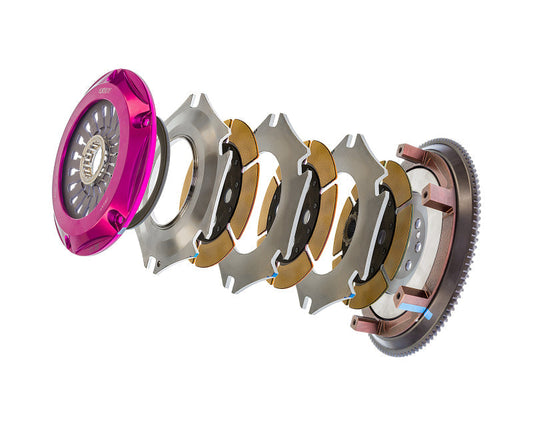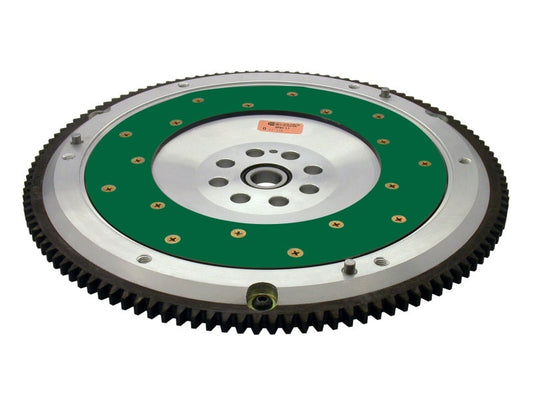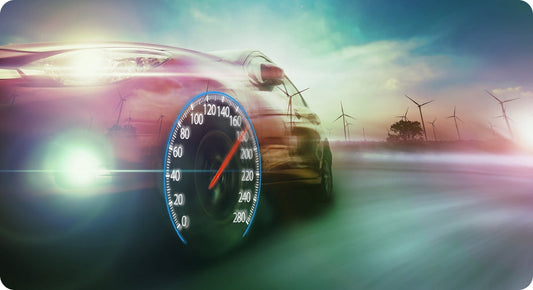Dyno day is exciting—but for many enthusiasts, reading those printouts can feel like deciphering a secret code. If you're investing in performance upgrades, it's crucial to understand what your dyno charts are telling you.
At WOT Performance Parts, we want you to make smarter tuning decisions, not just chase peak numbers. Here’s your no-nonsense guide to reading dyno charts like a pro, so you can use the data to improve your build. Contact us today for more information.
What Is A Dyno Chart?
 A dyno chart is a graph that shows how your engine performs across the RPM range. It typically plots:
A dyno chart is a graph that shows how your engine performs across the RPM range. It typically plots:
- Horsepower (HP)
- Torque (lb-ft or Nm)
- Engine Speed (RPM)
Some charts also include air/fuel ratio, boost pressure, or wheel speed, depending on the dyno setup.
The purpose? To show how your car makes power, not just how much.
Horsepower Vs. Torque: What’s The Difference?
🟦 Torque is the twisting force your engine produces. It’s what gets the car moving off the line.
🟥 Horsepower is a function of torque and RPM. It reflects how quickly your engine can do work.
Formula:
Horsepower = (Torque × RPM) ÷ 5,252
This is why HP and torque curves intersect at 5,252 RPM on any dyno chart using lb-ft and HP—always.
How To Read A Dyno Chart
1. Look At The X-Axis (Engine RPM)
This shows the engine speed range, usually from idle (~2,000 RPM) to redline (~7,000+ RPM).
2. Check The Left Y-Axis (Torque)
Often marked in lb-ft, this is where torque values are plotted.
3. Check The Right Y-Axis (Horsepower)
Usually marked in HP, this shows horsepower output across RPM.
4. Identify The Curves
-
Torque curve rises early, peaks in the mid-range, and tapers off
-
Horsepower curve climbs more gradually and peaks at higher RPMs
What To Look For In A Dyno Graph
✅ Peak Numbers
Yes, peak horsepower and torque matter—but they only tell part of the story.
- Peak torque: Tells you where your car feels strong in the midrange
- Peak horsepower: Tells you how fast it can pull in higher RPMs
✅ Power Curve Shape
Smooth, consistent curves are better than jagged ones. A flat torque curve means a wide powerband—great for daily driving and track use.
-
Broad curves = flexible and responsive engine
-
Peaky curves = narrow RPM range of max power, usually race-tuned
✅ Where The Power Happens
If your car makes big torque at low RPM, it’ll feel punchy and quick in everyday driving.
If it builds power up top, it’s tuned for high-speed pulls or track use.
Comparing Before & After Mods
Dyno charts are most useful when comparing results from upgrades like:
- Intake & exhaust systems
- ECU tuning
-
Turbo kits or camshaft upgrades
Compare the shape and area under the curve, not just the peak. Gains in the midrange often feel more dramatic than chasing 10 extra HP up top.
Example:
- Pre-mod: 240 HP @ 6,500 RPM, 200 lb-ft @ 4,000 RPM
- Post-mod: 260 HP @ 6,500 RPM, 220 lb-ft @ 4,000 RPM
Even if peak HP gain is just 20, a 20 lb-ft midrange torque increase is what you'll feel daily.
Types Of Dyno Charts
📊 Wheel Horsepower (WHP)
Measures power at the wheels (real-world output). Lower than crank HP, but more accurate for comparing mods.
 📊 Crank Horsepower (CHP)
📊 Crank Horsepower (CHP)
Estimates engine output before drivetrain losses. Used by manufacturers.
📊 SAE-Corrected vs. Uncorrected
-
SAE-corrected accounts for temperature, humidity, and pressure to standardize numbers
-
Uncorrected shows raw values—can vary based on dyno day conditions
Stick to SAE-corrected WHP numbers for the most reliable comparisons.
Common Dyno Chart Myths
🚫 "Higher peak HP = faster car."
Not always. Powerband width, gearing, weight, and traction play just as big a role.
🚫 "If it’s not over 400 HP, it’s not fast."
False. A 250 WHP car with a fat torque curve can feel much faster than a peaky 400 HP car that only pulls up top.
🚫 "Dyno charts are 100% accurate."
They’re a tool, not gospel. Different dynos (Mustang, Dynojet, Mainline) read differently. Use the same dyno for before/after comparisons.
Tips For Smarter Tuning With Dyno Charts
- Ask for graphs with both torque and horsepower curves
-
Request an AFR (air/fuel ratio) overlay to check tune safety
- Bring your old chart to compare after future upgrades
- Don’t chase peak numbers—look for usable, consistent power
Maximize Your Build With WOT Performance Parts
At WOT Performance Parts, we offer the intakes, exhausts, tuning tools, and drivetrain components that help you shape the dyno curve you want, not just boost peak numbers.
From smoother midrange torque to safer high-RPM power, we’ll help you upgrade smart and tune for real-world performance.






